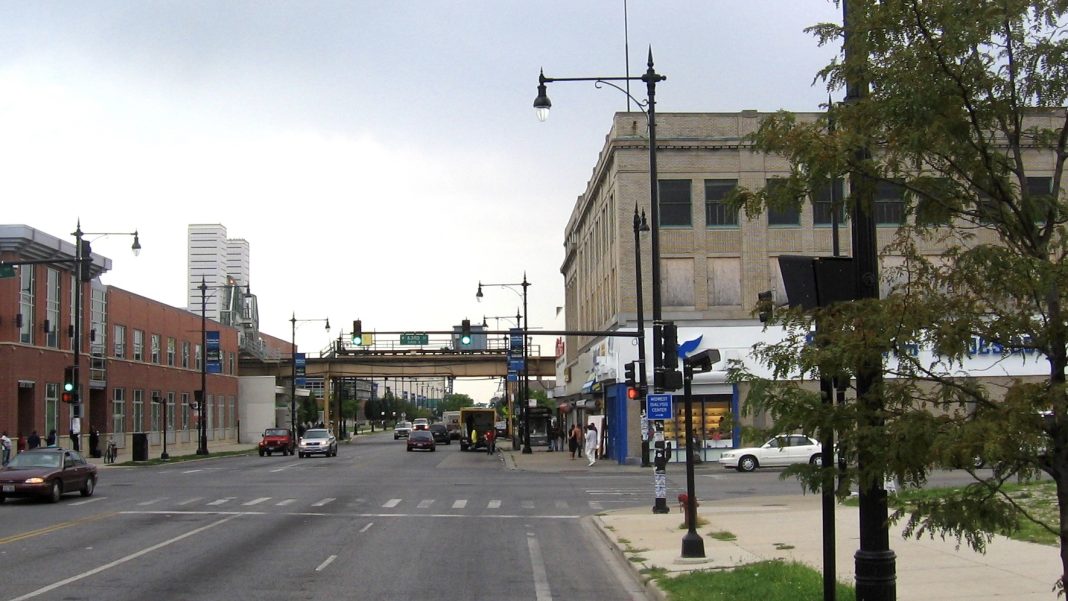During a storm, trees help soak up excess water. And on a hot day, they provide cooling shade.
But in many cities, decades of disinvestment have left low-income communities of color with little tree cover.
Bweza Itaagi is with Grow Greater Englewood, a nonprofit based in a primarily Black neighborhood of Chicago.
Itaagi: “Englewood has some of the highest temperatures in the city. And … when it rains, we have significant flooding throughout the area because a lot of the spaces are vacant and are very paved.”
So her group is participating in the Tree Ambassador program, an effort led by the Morton Arboretum in partnership with the city to plant trees in underresourced areas.
Residents receive training and funding to be community tree advocates. They scout out planting locations and lead workshops to engage others.
After people choose where they want trees, advocates request them from the city, and their requests are prioritized.
Itaagi: “Some of the trees have been planted as quickly as 30 days, which is significant because it can take months in the usual process.”
She says investing in Englewood’s trees can help protect people from climate change and begin to repair some of the neglect the community has suffered.
Reporting credit: Sarah Kennedy / ChavoBart Digital Media
We help millions of people understand climate change and what to do about it. Help us reach even more people like you.


